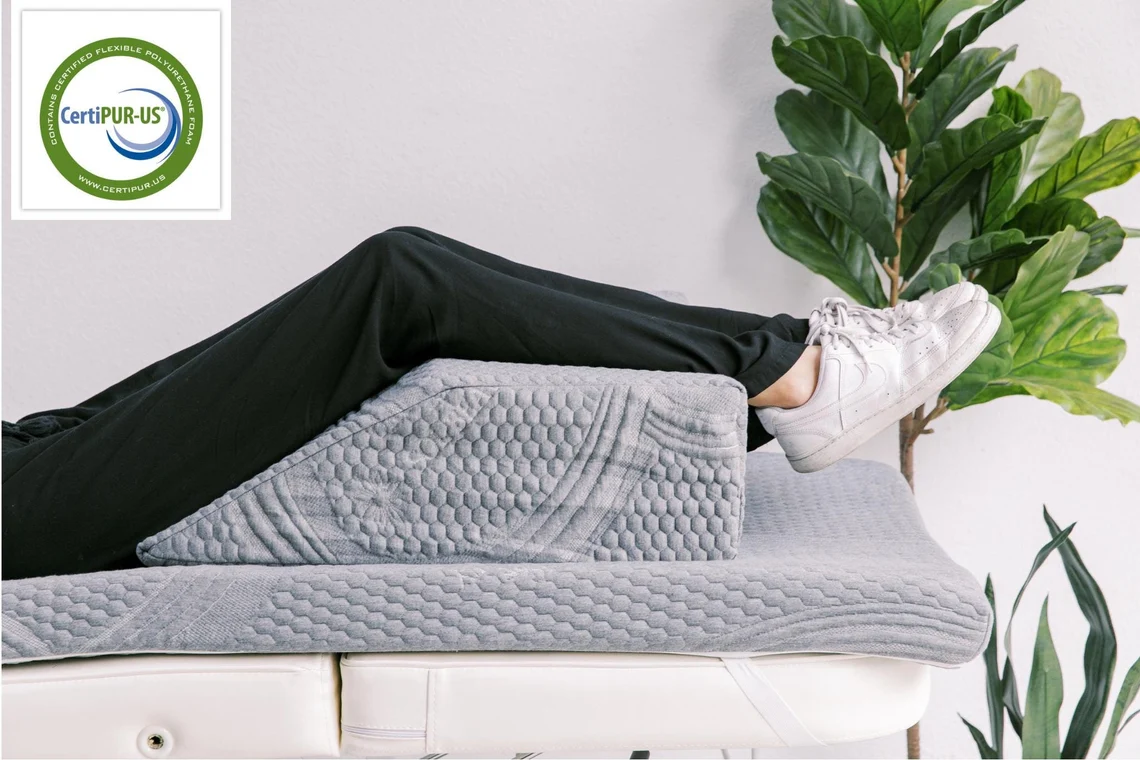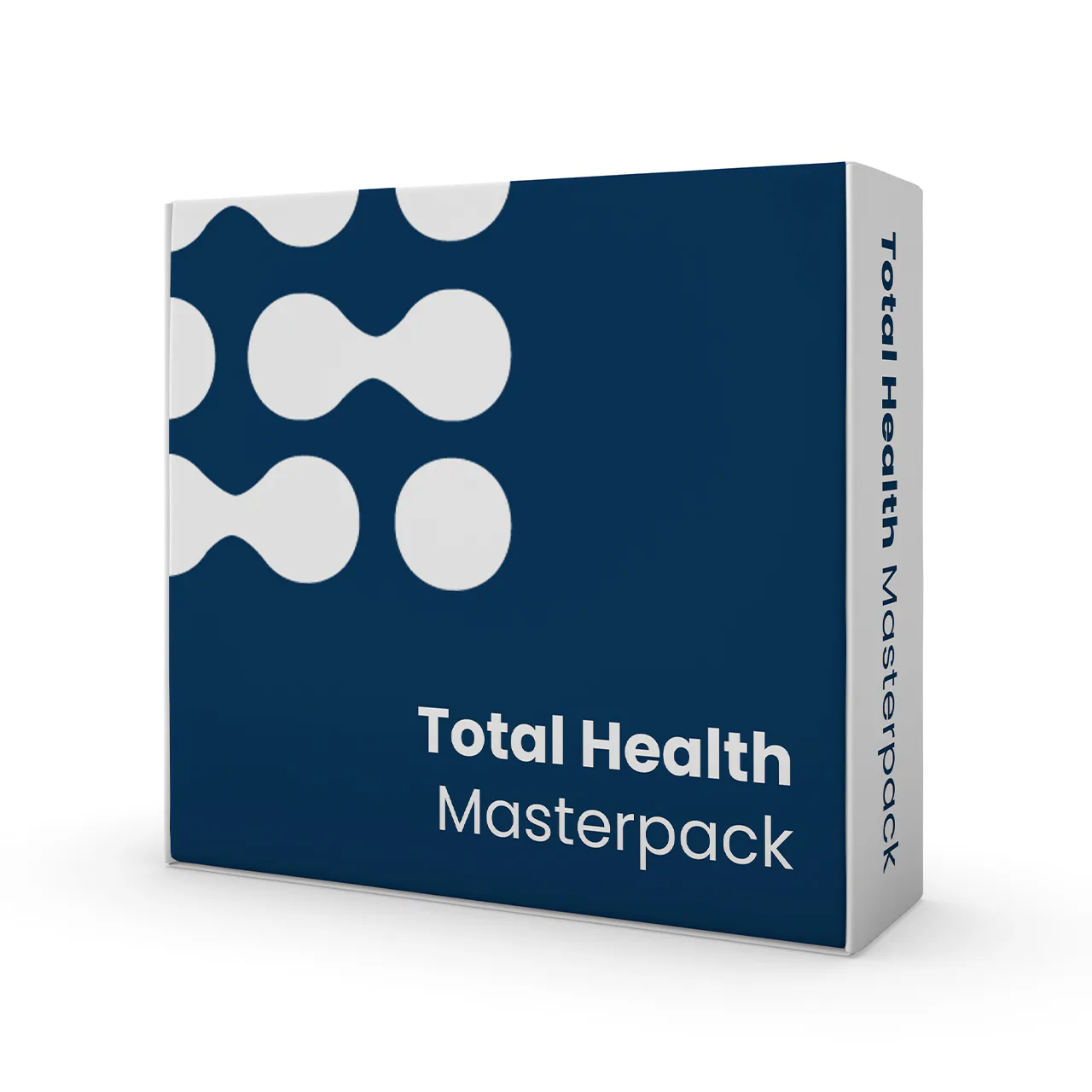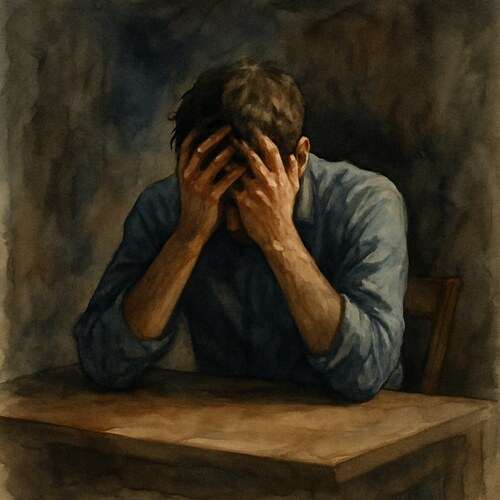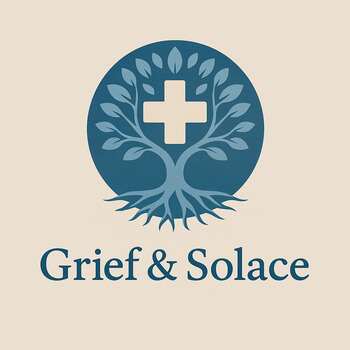Grieving Guillain-Barré Syndrome: When Strength Disappears Overnight
Grief with Guillain-Barré is a sudden betrayal, one day they stand tall, the next they are fighting a body that forgot how to listen.
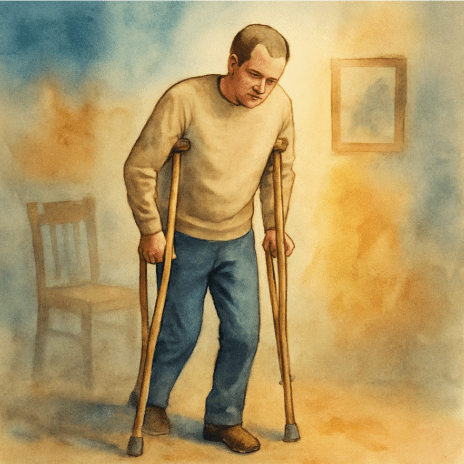
This post blends real grief with grounded knowledge. It isn’t clinical. It isn’t distant. It’s meant to sit beside you—not above you. The story you’ll read is meant to reflect what so many feel when living through or witnessing this condition: confusion, exhaustion, and quiet forms of courage.
If what you read feels familiar, please speak with your doctor. Your pain deserves more than silence.
He Went to Bed with Dreams and Woke Up Without Legs That Could Follow
He said his toes felt strange…
That’s how it all began. Just a tingling sensation, like pins and needles. He thought he had slept awkwardly. He kicked the blankets off and laughed, joking about needing new shoes.
By lunchtime, his laughter had faded.
By dinner, I was helping him to the bathroom.
And by morning… he couldn’t stand.
They called it Guillain-Barré Syndrome. It sounded fancy, foreign…distant. Like something that happened to other people in documentaries accompanied by somber music and grainy footage.
Not to him.
🧠 Symptoms:
– Tingling or pins-and-needles sensations in fingers, toes, ankles, or wrists
– Weakness in legs that spreads to upper body
– Unsteady walking or inability to walk or climb stairs
– Difficulty with facial movements, including speaking, chewing, or swallowing
– Double vision or inability to move the eyes
– Severe pain that may feel achy, shooting, or cramp-like
– Difficulty with bladder control or bowel function
– Rapid heart rate
– Low or high blood pressure
– Difficulty breathing
Not to the man who used to race me up the stairs. Not to the man who once jogged through a thunderstorm, believing that lightning made him faster. Not to the man who kissed me with grass still in his hair and dirt on his knees and said, “I’ll never sit still.”
And now? Now he couldn’t feel his knees, his ankles, or his fingers. The look in his eyes was haunting—like he was being pulled underwater but couldn’t move his arms to scream.
They hooked him up to machines—IVIG, monitors, whispers exchanged outside the curtain as if they thought he couldn’t hear them if they spoke softly.
But he could still hear. He couldn’t breathe well. He couldn’t swallow. But he could hear.
The worst part? He remained sharp, trapped in a body slowly folding in on itself, one nerve at a time. It felt like watching the lights go out in your own home, knowing no one else held the keys.
I read to him. I fed him broth. I told him it would pass. That most people recover. That this wasn’t the end.
Complications:
– Breathing difficulties due to muscle weakness
– Residual numbness or other sensations
– Heart and blood pressure problems
– Pain
– Bowel and bladder dysfunction
– Blood clots
– Pressure sores
– Relapse of symptoms
Causes:
– Exact cause unknown; often follows a respiratory or gastrointestinal infection
– Infections such as Campylobacter jejuni, influenza, cytomegalovirus, Epstein-Barr virus, and Zika virus
– Rarely, recent surgery or vaccinations
Maybe I even believed it—on the good days. On the days he blinked yes when I asked if he wanted to try standing. On the days he smirked when I played our wedding song through my phone, telling the nurse, “This one made him cry.”
But recovery isn’t a straight path. Grief doesn’t wait for death. I grieved his legs. I grieved his voice when it faltered. I grieved the way he looked at his reflection as if it were a betrayal.
He did recover. Mostly. He walks now—slow but steady. He still needs help with fine motor tasks. Phantom tingles still flare up, sending panic through the room. And he still holds my hand a little tighter when hospitals appear on TV.
But something in him changed. He’s not broken. Just… softened. It’s as if he knows now what it means to be carried. He understands that true strength isn’t measured by how hard you hit the ground, but by the dignity you hold while someone else lifts you back up.
Risk Factors:
– Age (risk increases with age)
– Male gender
– Recent infections
– Recent surgery or immunizations
“Memory doesn’t die all at once. It drips. It slips. Until only love is left—and even that forgets its name.”.
📘 Diagnosis & Treatment
diagnosis:
– Medical history and physical examination
– Nerve conduction studies
– Electromyography (EMG)
– Lumbar puncture (spinal tap) to examine cerebrospinal fluid
treatment:
– Hospitalization for monitoring and supportive care
– Plasma exchange (plasmapheresis)
– Intravenous immunoglobulin (IVIG) therapy
– Pain management
– Physical therapy
– Occupational therapy
– Use of adaptive devices as needed
prevention:
– No known prevention methods
– Prompt treatment of infections
– Monitoring for symptoms following infections or vaccinations
– Early medical intervention to reduce severity and improve outcomes
I know this is heavy, and I understand that the road ahead may feel like a tangle of loss and unanswered questions. But please hear this: you are not broken because you are hurting; you are not weak because you are afraid. You are living through something real, and survival itself is a kind of grace. You are allowed to struggle, you are allowed to hope, and you are allowed to not have all the answers today. Whatever comes next, you do not face it empty-handed; you carry every moment of love that shaped you, and that will always be enough to keep going.
🎀 Gifts to help With Guillain-Barré Syndrome
🏥 Everyday Comforts for Everyday Battles
Managing Guillain-Barré Syndrome often means needing a little extra help.
Sometimes it’s about restoring dignity, ease, or simply getting through the day with less pain.
These carefully chosen tools aren’t just items; they’re small bridges back to living.
This section is about finding practical support, never shame.
Adjustable Leg Elevation Pillow – Support for the Limbs That Lost Their Signal
Guillain-Barré often starts in the legs—numbness, tingling, and sudden weakness. This leg elevation pillow helps reduce pressure, improve circulation, and support healing in the lower limbs during hospital recovery or home rehab. It’s not high-tech. It’s just merciful. Because when your body can’t rise on its own, it helps to be held.
🌿 Paths to Healing Beyond the Map
Sometimes traditional medicine isn’t enough.
If you’re exploring gentle, alternative options to help with Guillain-Barré Syndrome,
you might find comfort in plant-based compounds like **CBD or CBG**.
*This section is not medical advice, just a door left open.*
USA Medical Total Support Pack – Gentle Backup for the Long Climb Back
Recovery from GBS is slow, painful, and often incomplete. This Total Pack offers broad-spectrum CBD, calming adaptogens, and immune-balancing support to ease inflammation, reduce stress responses, and promote rest. It won’t restore lost nerves. But it may soften the long road of rehab. For the body still learning how to stand again.
Need a Different Path Forward?
Every journey through grief looks different. Choose the next step that speaks to where you are now:
When You're Ready to Start Healing
Healing doesn’t mean forgetting.
It means finding small ways to carry your grief with strength and grace.
These are the stories, tools, and gentle steps to begin walking forward…at your own pace.
When You're Still in the Thick of It
Sometimes healing feels like a lie.
If you’re not ready to move on…if the pain still roars louder than the world wants to hear…this is the place where you’re allowed to feel it.
No sugarcoating. No pretending. Just truth.
When You're Holding on to Who’s Still Here
Grief reminds us to love louder.
If someone you love is still with you, this is your place to celebrate them, honor them, and create new memories while there’s still time.
Joy and sorrow can live side by side.

